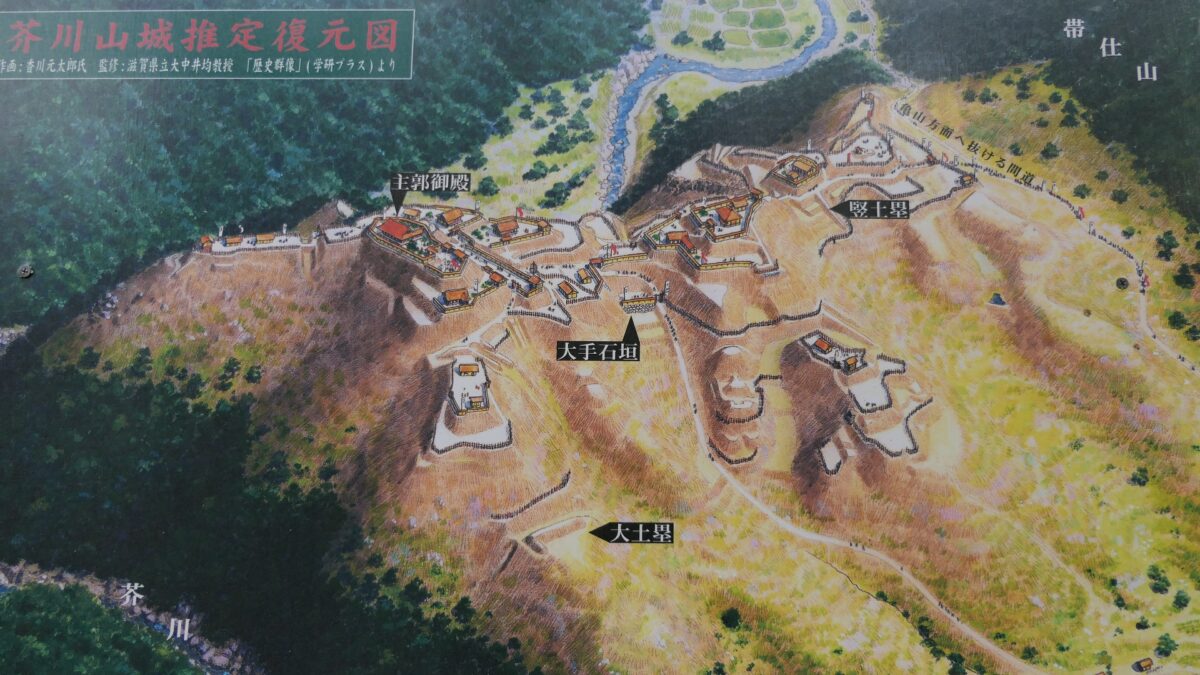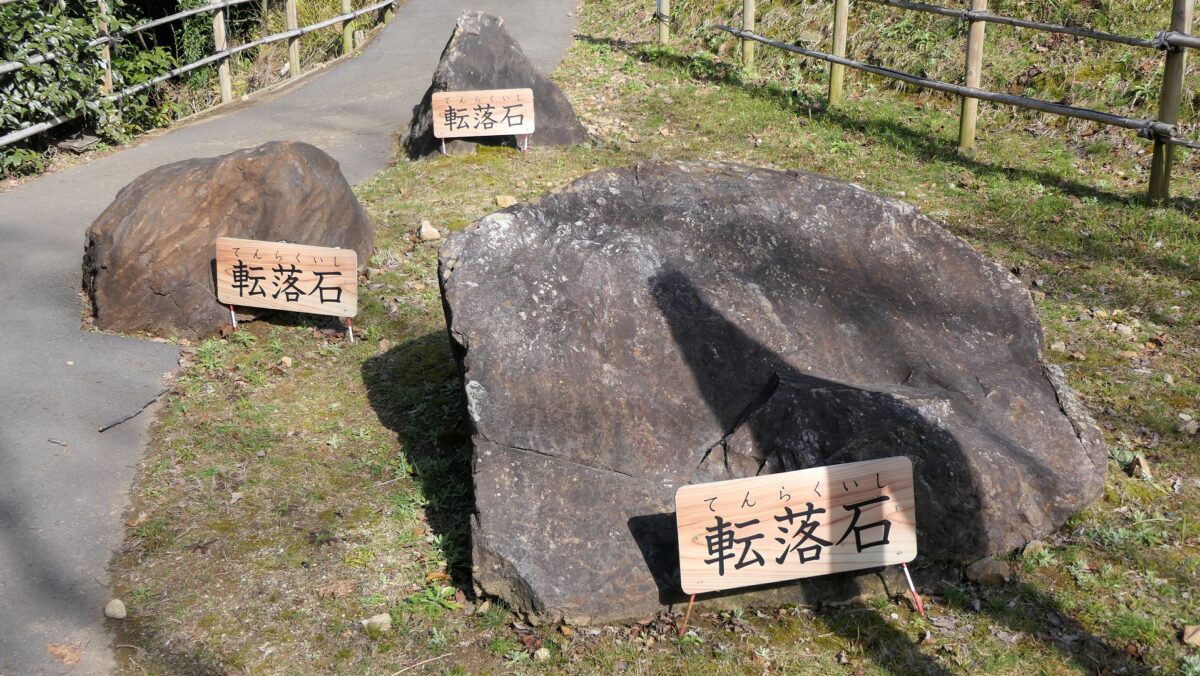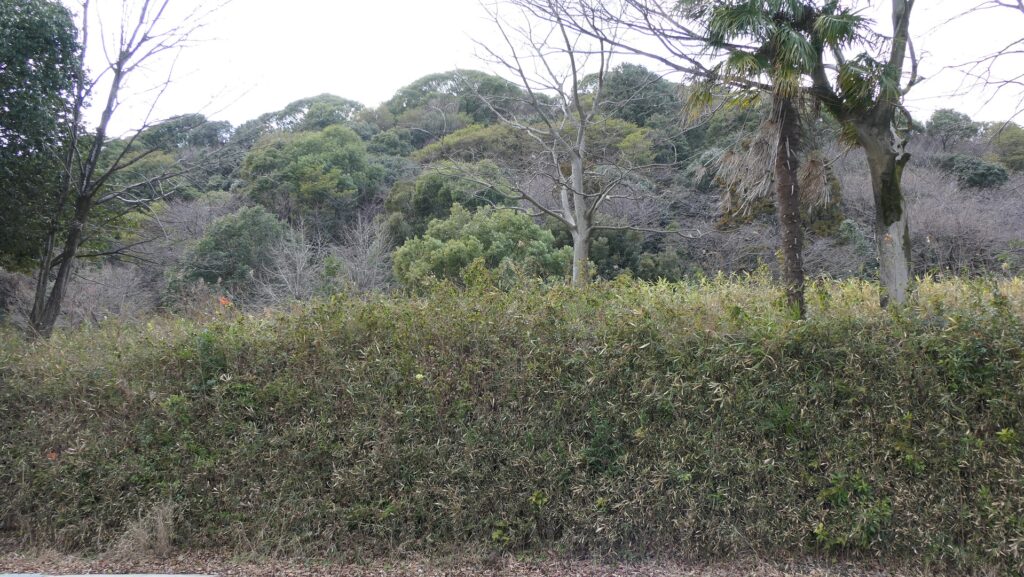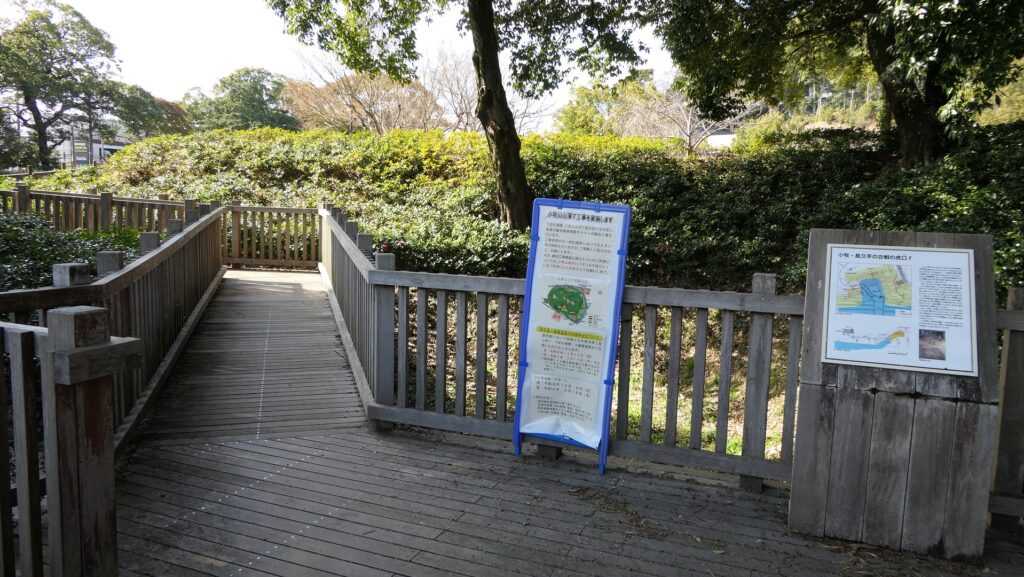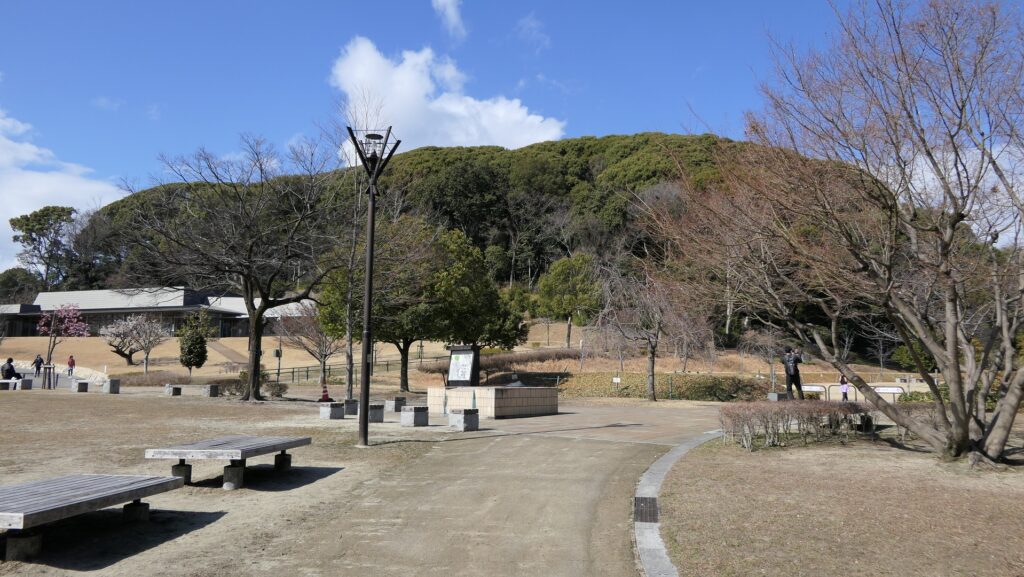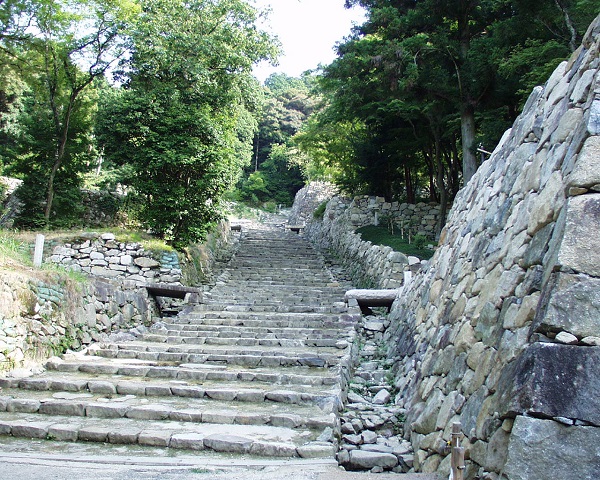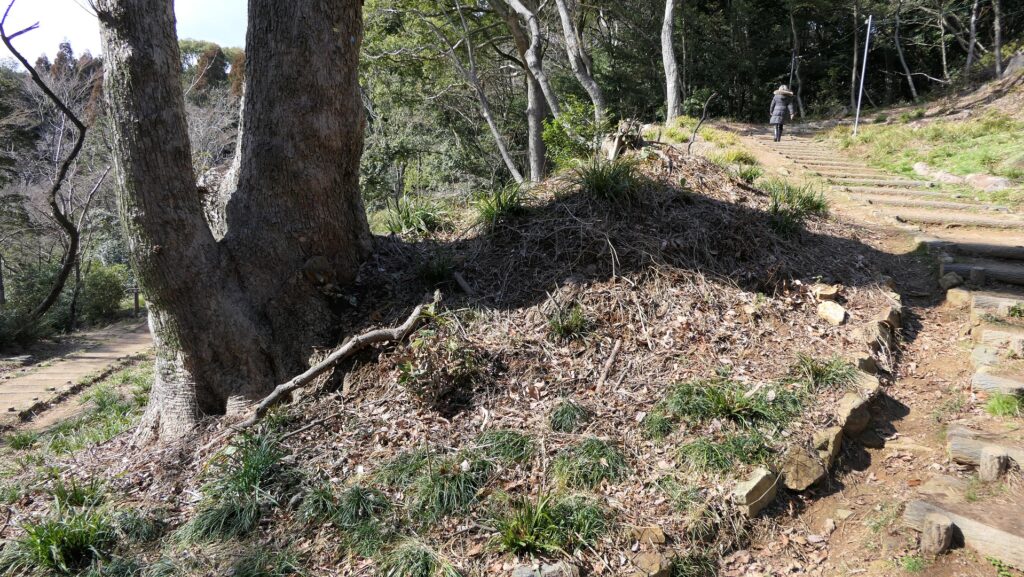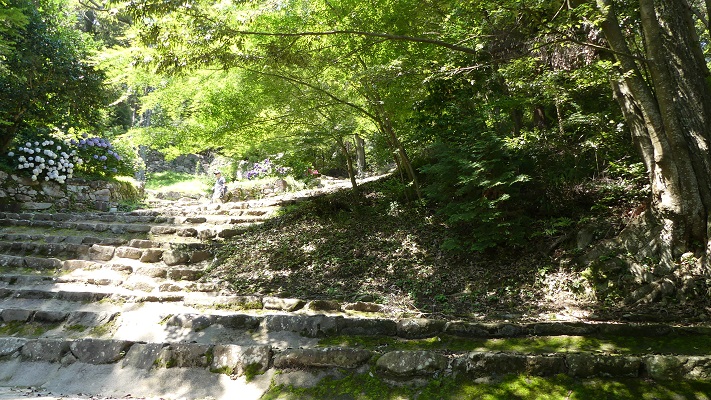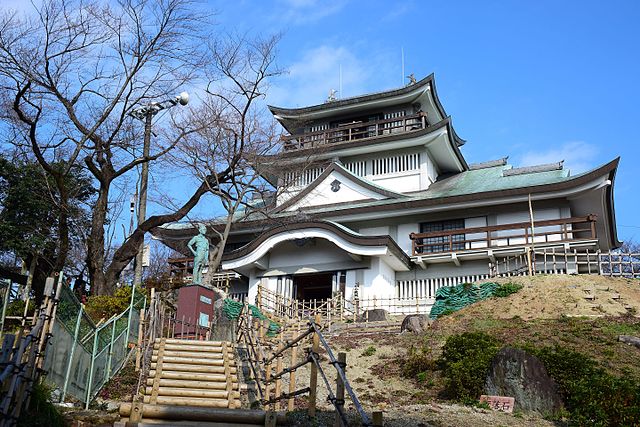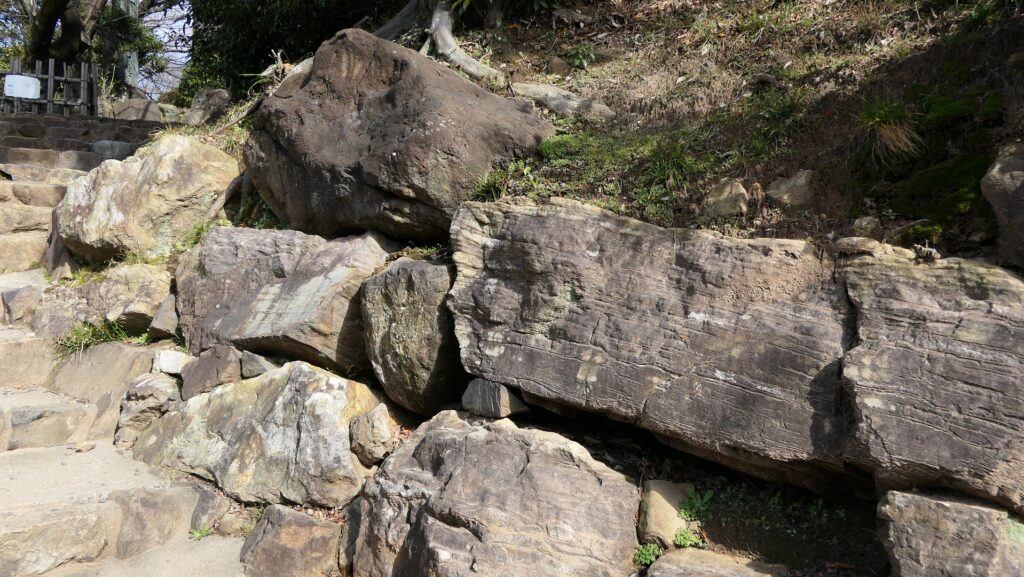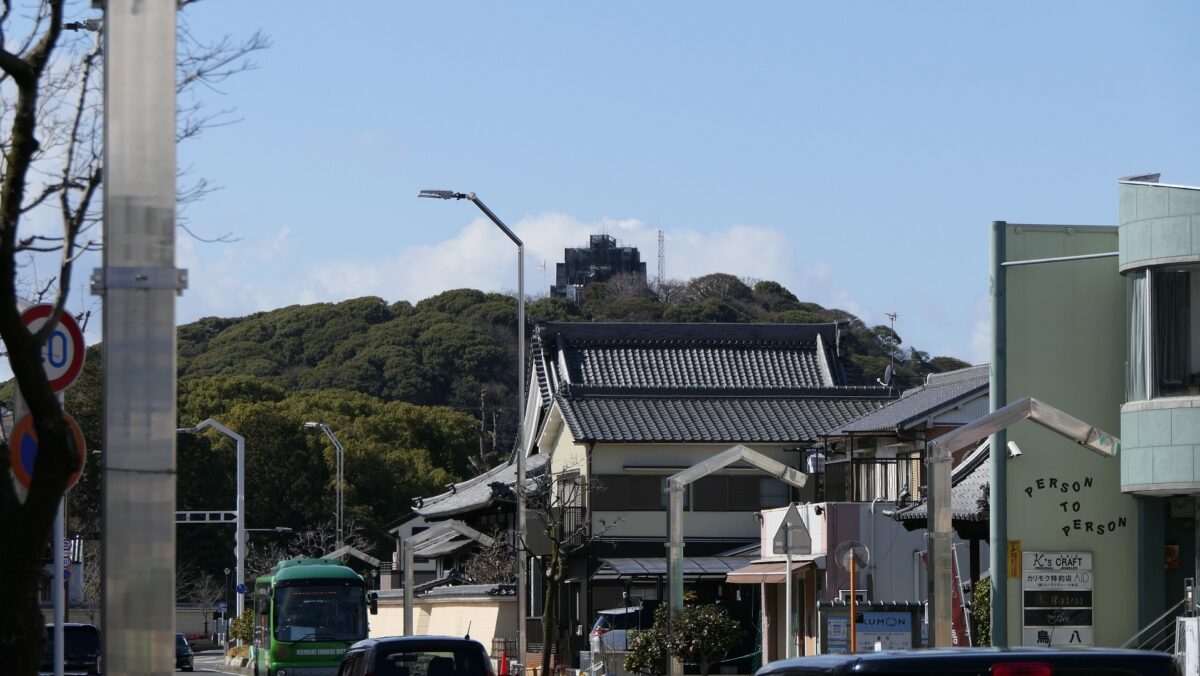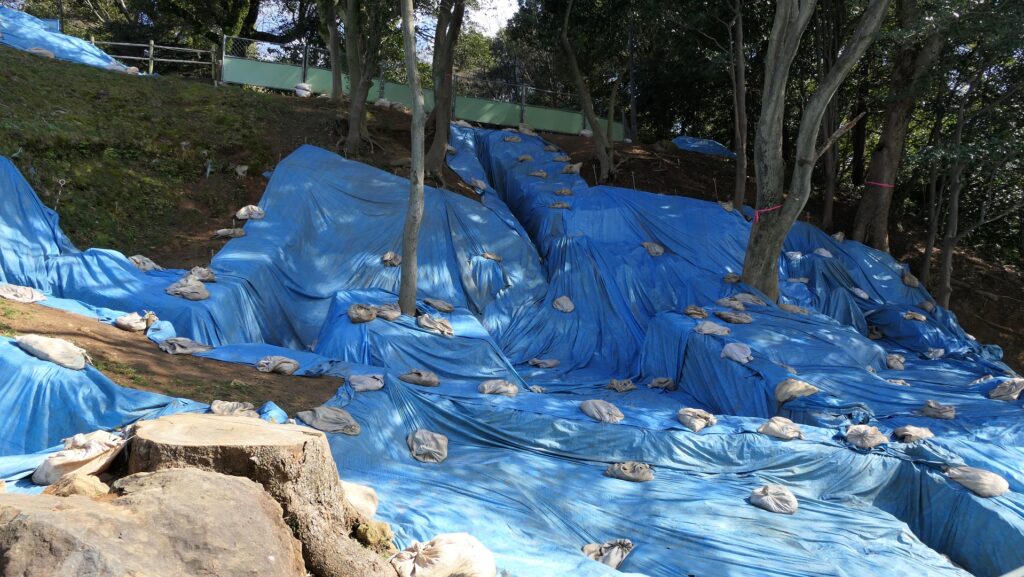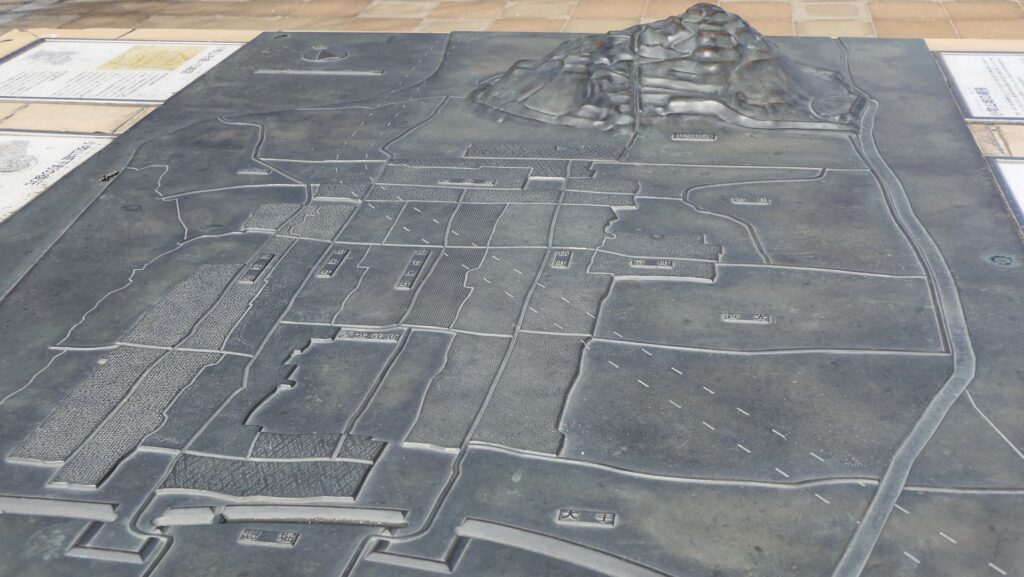Location and History
Mountain Castles during Sengoku Period
In the 16th Century during the Sengoku Period, battles often happened in the Kinki Region of Japan. Warlords usually lived in their halls located in a plain area like Kyoto, and used their mountain castles for emergency. However, it got too dangerous for them then because they couldn’t predict when the next battle would happen. As a result, they started to live in their mountain castles every day. These castles had their halls on the top and strong defense systems. Akutagawa-san Castle was one of the most admired ones in the region.
The location of the castleNagaoyshi Miyoshi settled at Castle
The castle was first built in 1516 by Takakuni Hosokawa, a senior vassal of the Ashikaga Shogunate, but it is famous for the home base of Nagayoshi Miyoshi. Nagayoshi came from Awa Province (what is now Tokushima Prefecture) in Shikoku Island working under the Hosokawa Clan. He got power in both politics and military while other retainers of the shogunate conflicted each other. When his power competed with the Shogun, Yoshiteru Ashikaga, Yoshiteru tried to kill Nagayoshi. Nagayoshi banished the shogun from Kyoto and started his own governance in 1553. In the same year, he also settled at Akutagawa-san Castle.


Mountain with Defense and Authority
The castle was located on the top of Miyoshi-yama Mountain in Settsu province (what is nearly the northern part of Osaka Prefecture), the north of the Osaka Plain. The mountain itself was very defensive being surrounded by Settsukyo Valley in north and west directions. The castle was accessible by road from the east through the ridges and the south through the valley. Nagayoshi himself attacked the castle previously, so he would have realized how strong the castle was.
The relief map around the castle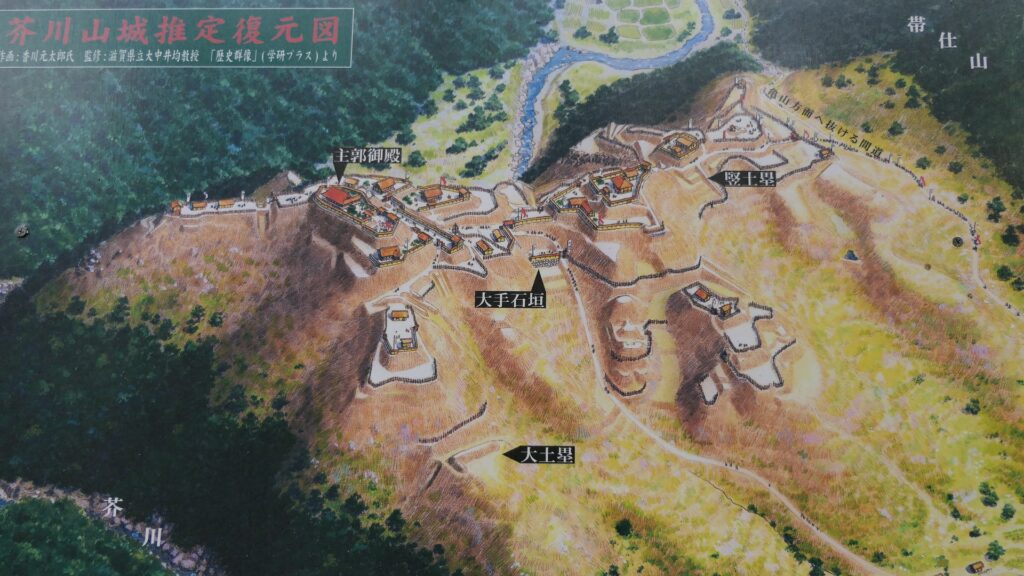
The Main Enclosure had the Main Hall on the top of the mountain. Many other enclosures were around the ridges on the east of the Main Enclosure. The route went alongside these enclosures, and it was controlled by structures such as earthen walls, earthen bridges, dry moats, and alternate entrances. The Main Route also ran on the south of the Main Enclosure. It was very steep and guarded by the Main Gate which had stone walls. The stone walls are thought to also show the authority of the castle, so regarded as one of the earliest examples of castles in Japan to use stone walls intendedly.
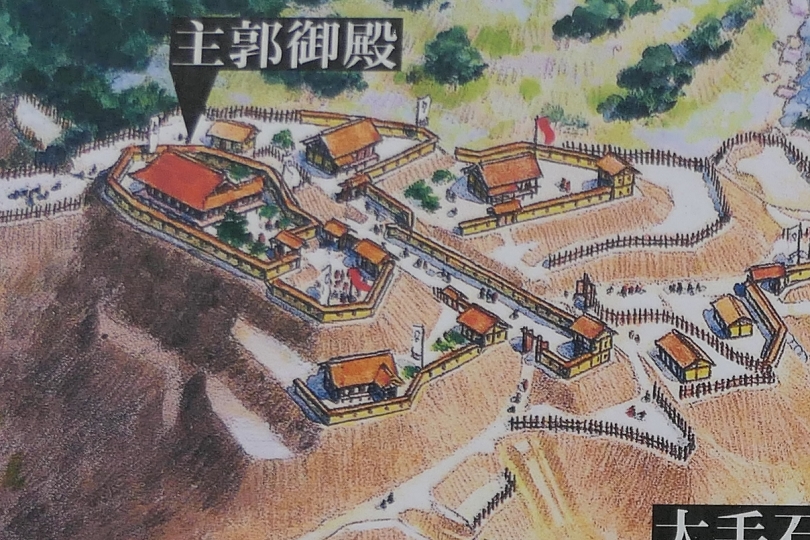

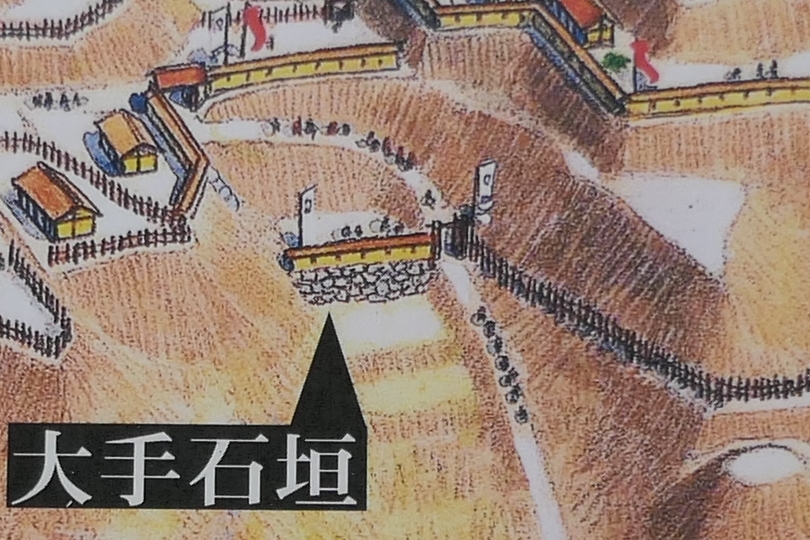
Nobunaga Oda once stayed in Castle
Though Nagayoshi passed the castle to his son and moved to Imori Castle in 1560, Akutagawa-san Castle continued to be used by the Miyoshi Clan as their important castle. In 1568, Nobunaga Oda came to Kyoto to rule the Kinki Region. He once captured and stayed in Akutagawa-san Castle and gave it to his retainer. However, as he proceeded with his unification of Japan, there would be no need for a castle like Akutagawa-san Castle. The castle was later abandoned.


